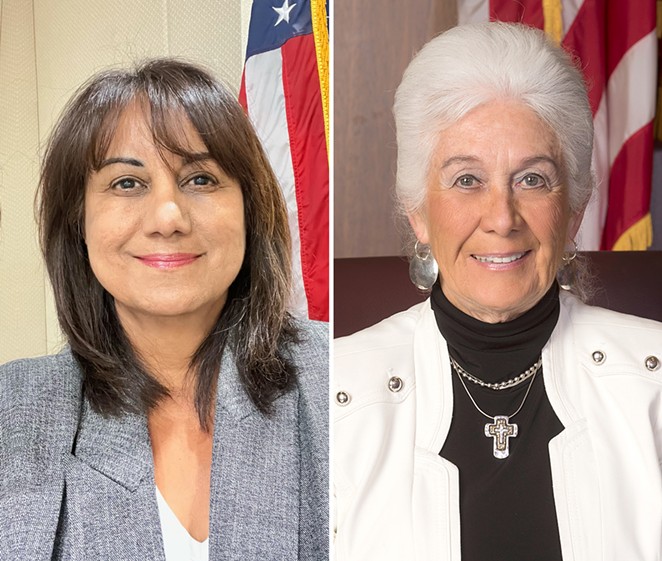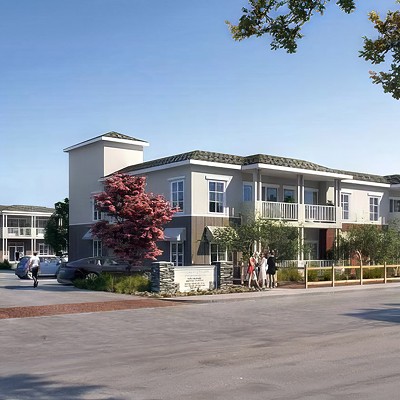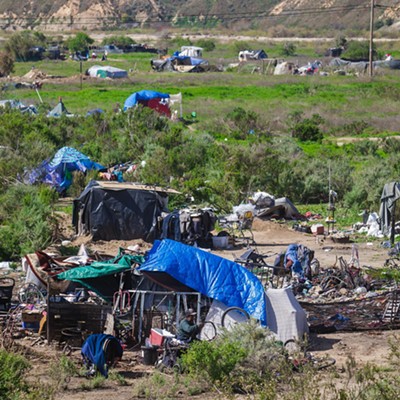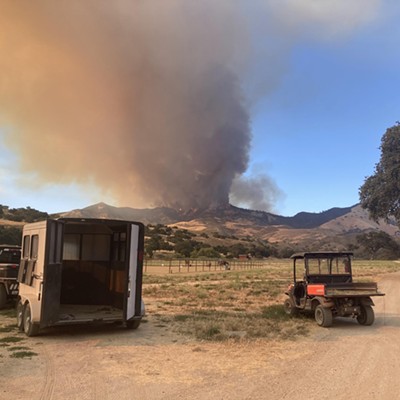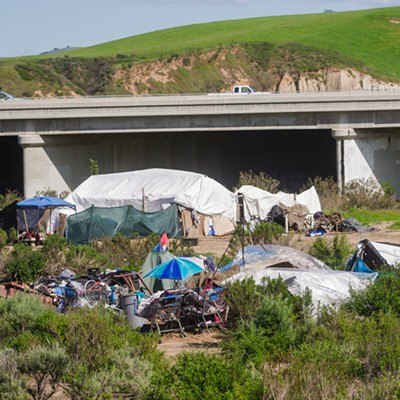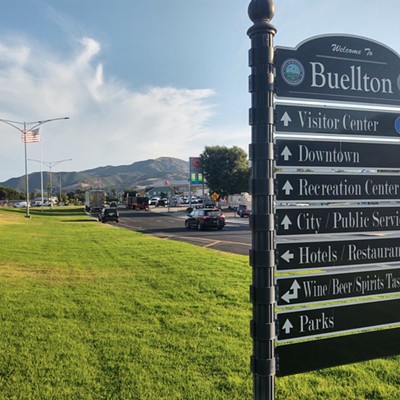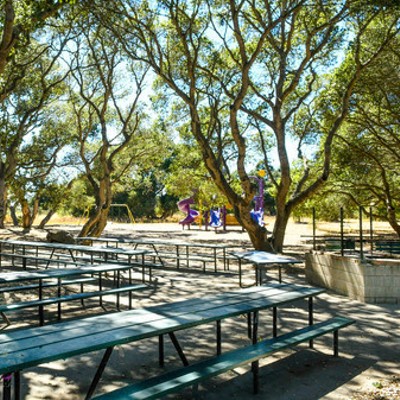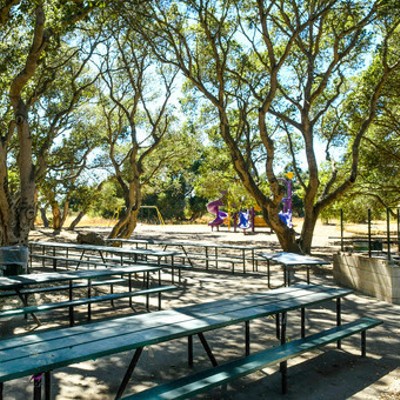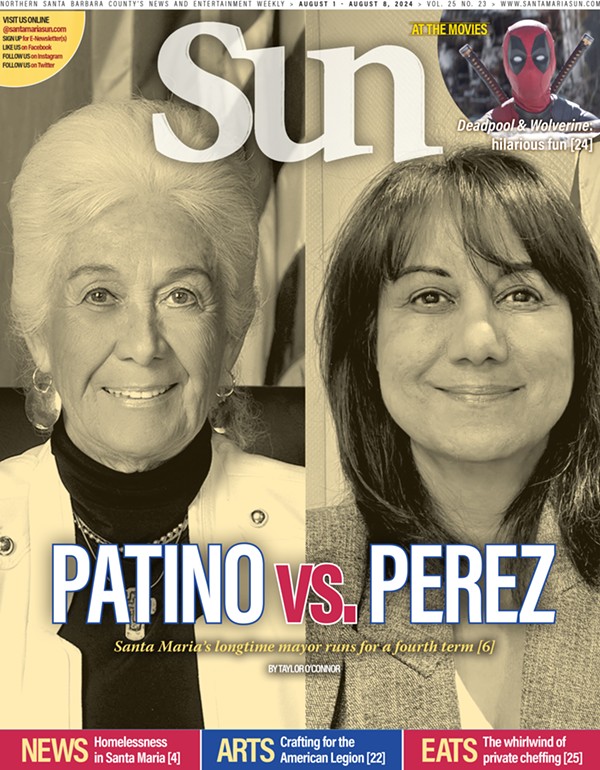Alice Patino threw her hat in the ring for a fourth term as Santa Maria mayor “to keep the continuity going.”
“I want to continue to represent the interest of the communities in Santa Maria,” Patino said. “It’s important for Santa Maria to have a voice at the regional and state level of issues that affect our daily lives. We need someone that’s going to listen, and we need someone who is going to show up.”
The mayoral role is one of three seats on the Santa Maria City Council dais up for reelection, with council members Carlos Escobedo and Mike Cordero also seeking another term. Patino is facing Diana Perez, a Santa Maria Joint Union High School District school board member and Allan Hancock College administrator. The deadline to file as a candidate is Aug. 9.
This year, the candidates’ priorities look to plan for the future as the city works through its general plan and faces anticipated population growth; managing homelessness; keeping up with state housing mandates and increased needs for services; and a looming budget deficit in the upcoming fiscal years.
“These are the challenges I see coming up with the continuation of what councils before us did. They did a good job of making Santa Maria the nice place it is today,” Patino said.
She first ran for City Council in 1999, but came in third place, according to previous Sun reporting. Despite the initial loss, she came back in 2002 and won the race—making her the first female elected official to sit on the dais in nearly 70 years. After more than a decade of service, she became the city’s first female mayor in 2012 and has held that title since.
Hailing from Salinas, Perez moved to Santa Maria after completing her education at Fresno State in 1994 and entered the education sector to help provide services for others that could help them complete their education. She ran for Santa Maria Joint Union’s school board and was appointed in 2014. Now in her fourth term, Perez said that her time serving on the school board has prepared her to run for mayor.
“For me, I want to focus on the bigger issues—those are the issues that Santa Maria wants addressed—to focus on the issues that impact our city,” Perez said.
Anticipating about 35,000 new residents by 2050, both candidates said in separate interviews that annexation was essential to make room for the new housing, schools, and space needed to serve constituents, but both emphasized the importance of protecting agricultural land.
“We just need to figure out where we need to grow. It’s not just the schools, it’s the fire stations, the retail that comes with residential, it’s everything else that comes with it,” Patino said. “When you look at the infrastructure in Santa Maria, especially the old part, it will not hold any more than what we have now. If the infrastructure underneath isn’t going to hold that, then you can’t really build there.”
Despite concerns from the agricultural community and calls to protect prime ag land, the City Council voted in December to adopt a land use alternative for the city’s general plan—which acts as a blueprint for Santa Maria’s growth in the next two to three decades—that will look at 985 acres east of the city for potential annexation, identify infill development within city limits, and study an area to the south for potential annexation.
“We want to get the high-paying jobs here, and in order to do that we are going to have to adjust,” Patino said. “We’re doing the downtown area, but a lot of the time people working at the hospital or Vandenberg, maybe they don’t want to live in an apartment or a condo. We’re not just in this little bubble of Santa Maria anymore. … That all goes hand-in-hand with housing.”
With Marian Regional Medical Center expanding, the city adding a medical school (A.T. Still University of Health Studies’ Central Coast Physician Assistant Program), and the city housing more people who work at Vandenberg Space Force Base, Santa Maria can help keep executives or attract more people to stay in the city by adding more housing at higher income levels in particular, Patino said.
“People are really looking at Santa Maria. I’m meeting with people who want to come to Santa Maria and start a business here,” she said. “When professionals say this is a need we have, I listen.”
When combating the homelessness crisis, Patino said that it’s out of the city’s hands because the county oversees all of the services, with the exception of investing $200,000 in enforcement.
Perez said that she’d like to focus her efforts on strengthening the city’s relationship with the county in order to get more funding and projects geared toward Santa Maria residents.
“We must establish those relationships and conversations because by working together we can get those services we need,” Perez said.
Facing a $21.3 million budget deficit in the 2024-25 fiscal year and a $20.2 million shortfall in 2025-26, Patino said the only way out is relying on emergency reserves at this time, and the city is still looking for alternatives to create more revenue for the city.
“I don’t have an idea for what specifically would work well in Santa Maria. Our uses in what we do are far more extensive than what our revenue is in our general fund and Measure U,” she said. “The people of Santa Maria do not want to be taxed any more, and the government needs to figure out how to get more money.”
In terms of development, Perez said that the city is missing an anchor business that will help it stand out among Santa Barbara and San Luis Obispo cities that could help bring in more dollars.
“Here’s where the city hasn’t been as forward thinking: They brought in restaurants and fast food. We need businesses that pay living wages, careers for the residents, and we’re missing that,” she said.
Specifically, she said she’d like to see the city add a sports and entertainment center, like the Santa Barbara Bowl or Vina Robles in Paso Robles.
“These are the types of businesses that bring tourism, sell out hotels, and help our local businesses pay the bills, make the sales they need to make,” Perez said.
By bringing in more revenue, Perez said she hopes to address the salary concerns for the Firefighters Union Local 2020—which has been advocating for higher wages, as firefighters currently make 17 percent under market value.
“I will ensure that Measure U pays our firefighters first. That is one of my goals: to amend the unfair treatment of our firefighters,” Perez said.
With expanding and adding more housing, Perez said that she would like to consider bringing forth a rent stabilization ordinance—including re-negotiating a model lease program for the city’s mobile home residents—in order to help residents facing the high cost of living and prevent homelessness.
“Other cities have passed rent control. I want to pass something that will help our local families survive here,” she said. “I want to negotiate an ordinance for the rest of the community because everyone’s struggling, and it makes it hard.”
Reach Staff Writer Taylor O’Connor at [email protected].


